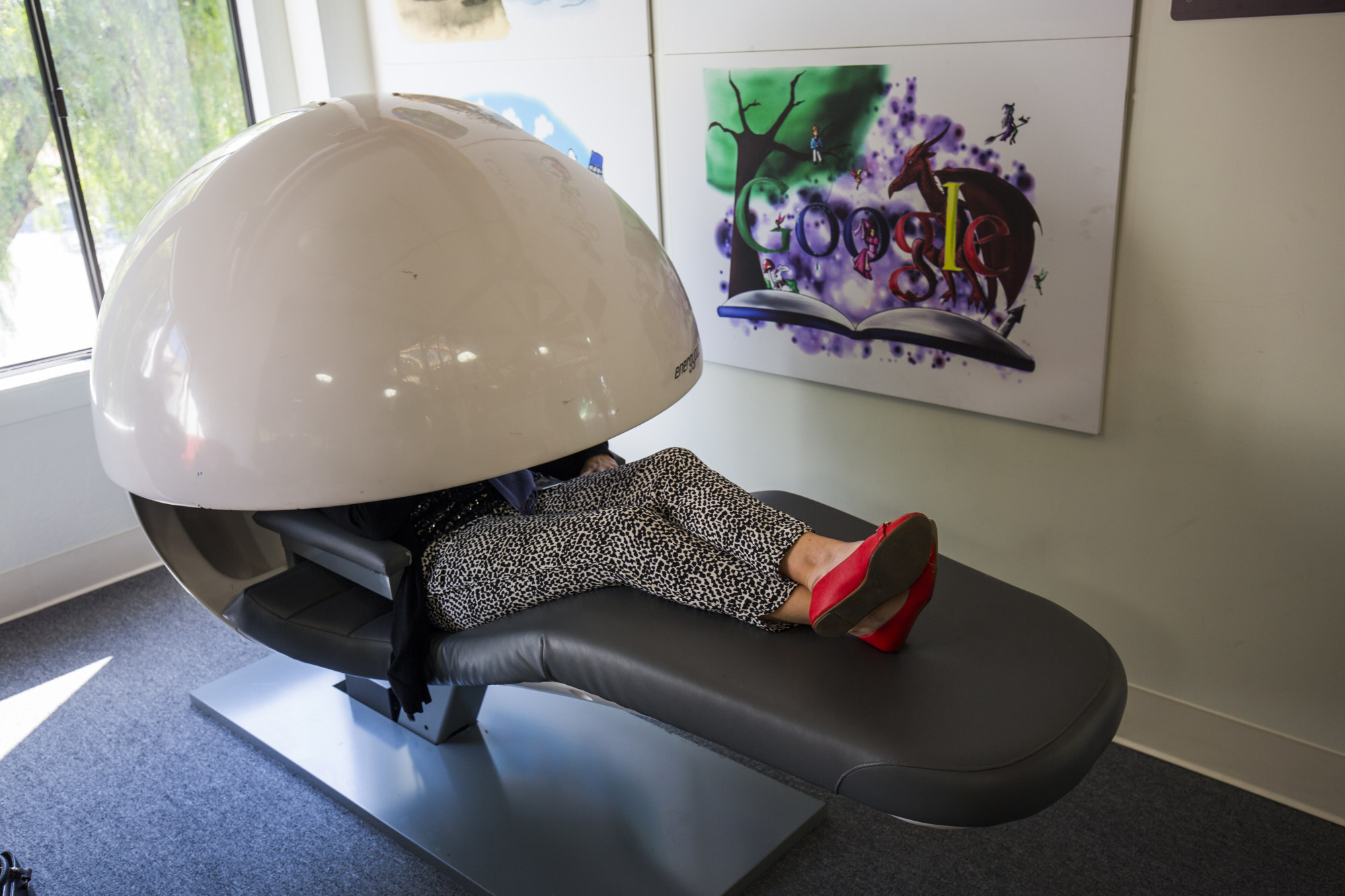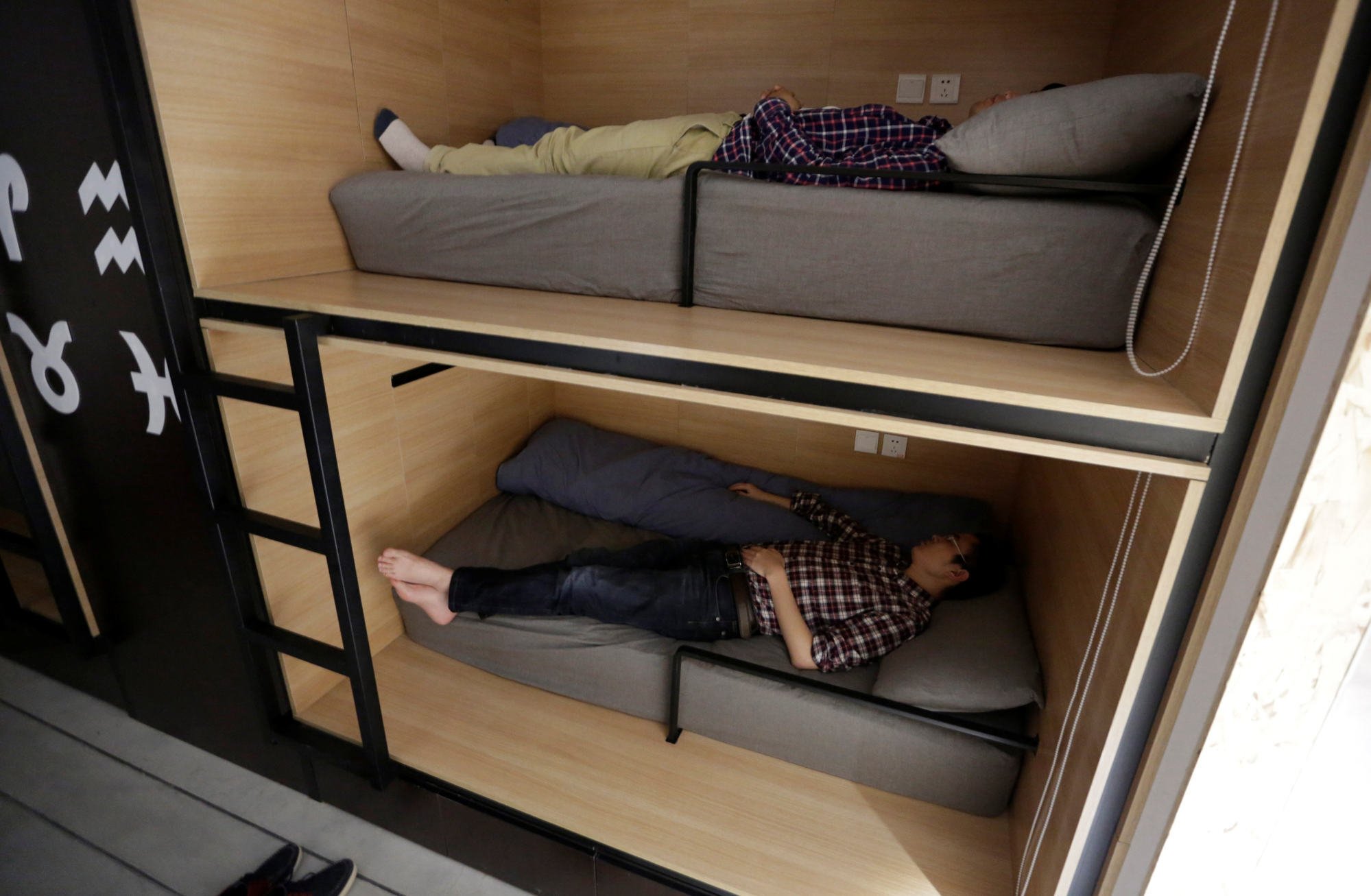
Naps are good for you. They reduce stress and improve memory and mental health, doctors say - but don’t overdo it
- Napping rejuvenates the mind and increases concentration, one doctor says, while studies indicate it can also reduce stress and boost the immune system
- Although the ideal nap length varies from person to person, a foundation in the US believes the ‘sweet spot’ is around 20 minutes
China has long embraced the noon-nap-at-work culture. Now it seems the West is waking up to the practice, with corporate giants such as Google and Samsung, as well as US government space agency Nasa, integrating sleep pods into their offices.
But does napping affect our health, and do we really benefit from it?
We often feel sleepy in the afternoon because our circadian rhythm (our internal body clock) is slow to alert us into staying awake.
While some might perceive afternoon sleepiness as annoying, a nap has its advantages, says Kenny Pang, an ENT (ear, nose and throat) specialist at Singapore’s Asia Sleep Centre.

Pang says a nap helps us catch up on missed sleep, rejuvenates the mind and increases concentration.
British-born Marianne Parker, who spent time working at a translation company in Qingdao, a major city in China’s eastern Shandong province, says she was both amazed and baffled when colleagues pulled out a pillow from their desk drawers to take a quick afternoon snooze.
However, it didn’t take long for Parker to embrace the sleeping habit as well, and she recalls feeling well-rested and more productive post-snooze. Now she’s back in Britain, and she believes her current workplace would benefit from a similar nap culture.

Although the role of sleep in increasing creativity is still debated, many great minds swear or have sworn by the power of the occasional power nap.
This limbo stage between sleep and consciousness is called hypnagogia, and can allow for a flexible mind to form creative connections.
The micronap method was used by other celebrated creatives and scientists such as the inventor Thomas Edison and the writer and poet Edgar Allan Poe.
Pang says napping can also have a positive effect on a person’s mental well-being, and surveys in Britain and the US have found a link between self-identified nappers and levels of happiness. However, this was not the case for long nappers whose naps were more than 30 minutes, the British survey found.
Napping, it seems, is a fine art of balance.

Clara Chan, a registered Chinese medicine practitioner at Hong Kong’s Balance Health, recommends keeping nap time under one hour as “too long a nap could disturb the circadian rhythm and affects one’s sleep quality at night”.
Although the ideal nap length nap varies from person to person, the National Sleep Foundation in the US believes the “sweet spot” is around 20 minutes.
In 2017, the chain David Lloyd Gyms in Britain trialled a “napercise” class. The activity? You guessed it – a 45 minute nap.
The class was launched after research revealed 86 per cent of parents suffered from fatigue. Single beds were set up in the studio, a calming soundtrack was played and the temperature was dropped to a level that stimulates calorie-burning during sleep.

Napping, however, is not always positive. According to Pang, napping can exacerbate problems such as insomnia – the inability to fall asleep or stay asleep.
“Patients who have OSA need more naps as they are frequently tired and lethargic but because they have poor sleep quality, some patients report that the more they sleep, the more tired they are.”

